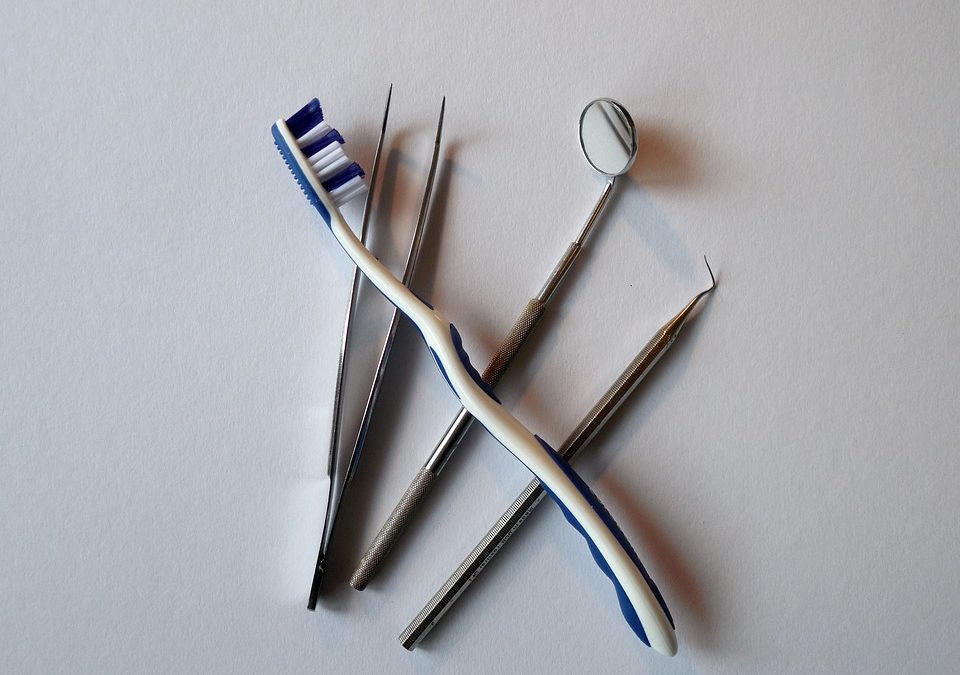Rancho Cucamonga Dentist say, generally, two dental visits are typically required to fit all 3 types of dental bridges.
Bridge Care – Rancho Cucamonga Dentist
Rancho Cucamonga Dentist say, dental bridges are designed to bridge gaps between healthy teeth where one or more teeth may not be there.
Additionally, they also inform you that patients must have good oral health and bone support to wear them comfortably.
Those people who have mediocre dental hygiene habits may not be great candidates for dental bridges, mainly because fitting them demands the removal of some protective tooth enamel, which specific patients can’t afford to lose.
Traditional Bridges
Rancho Cucamonga Dentist say, traditional bridges is made up of two abutment teeth and a couple of pontic teeth between them.
Abutment teeth is the name dentists provide the natural teeth that get implants at a dental bridge, whereas”pontic teeth” are the false teeth that the abutment teeth to support.
Conventional bridges are the most common types of dental bridges, according to and are generally developed of ceramic or porcelain fused to metal.
Sometimes natural teeth are only present on a single aspect of a missing tooth, in which case dentists may fit cantilever bridges.
Although they are comparable to traditional bridges, wherein the ionic teeth are attached to natural teeth via crowns, cantilever bridges are attached on just one side.
Also known as resin-bonded bridges, Maryland bridges are typically suggested for replacing lost teeth at the front of the mouth.
In this restoration, pontic teeth are fused to metal bands, that are then fixed into the abutment teeth with resin.
Maryland bridges are not as sturdy as conventional bridges, and and as a result, have a higher failure rate if used for more than one tooth.
Dental bridges require some sort of high level of oral care.
Why Bridges Are Needed
The American Academy of Cosmetic Dentistry says that preparing abutment teeth for dental bridges makes them prone to plaque and decay, and the surrounding gum is also more then likely to develop gum disease.
To assist with lengthening your bridge’s lifespan despite these complications, you should brush with a soft-bristled toothbrush.
It also helps to work with a toothpaste that helps prevent plaque, tartar build-up and gingivitis.
Dental bridges last from five to seven years, but together with exceptional care, you can view yours last more than a decade or even longer.
Your dental hygienist can show you how to effectively clean bridges along with the remaining part of the mouth during your cleaning every six months.
When you have dental bridges, avoiding starch, sugar and hard, sticky snacks such as nuts, caramel and popcorn also will help to keep items clean.
Dental bridges play an essential role in preventing problems that can happen from missing teeth.
While keeping the surrounding teeth from moving out of position, dental bridges also supply you with a better smile and assist patients chew and speak the right way.
For the latest tips on oral health, flossing, dental care, and much more, make sure to follow our blog at: http://www.arrowdentalarts.com/blog

